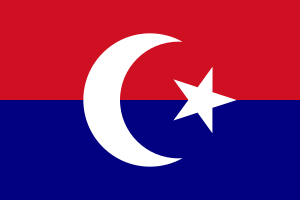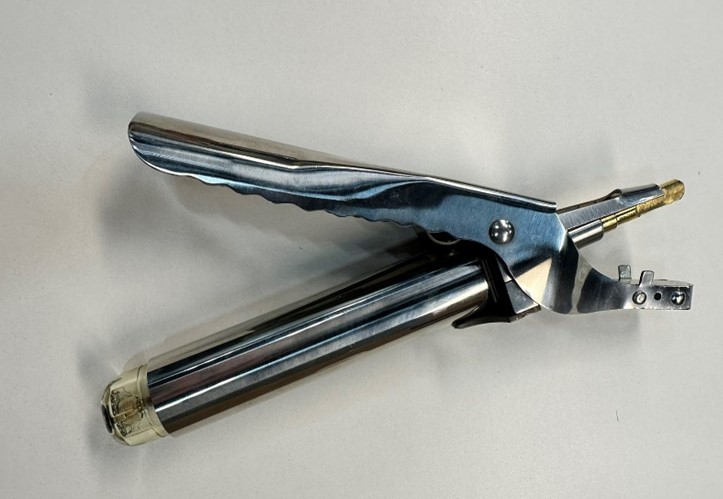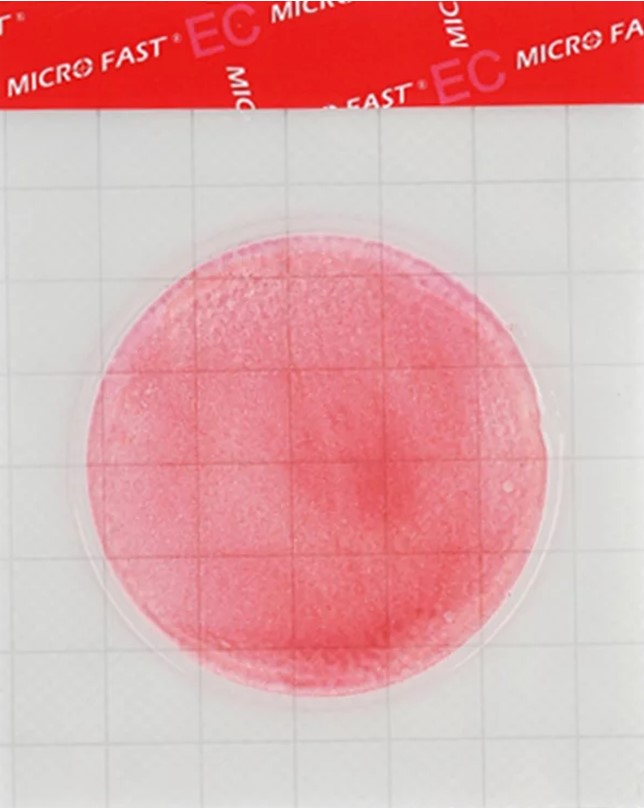Russia reroutes LNG exports to Asia ahead of EU sanctions

In anticipation of the entry into force of the EU sanctions, Russian producers of liquefied petroleum gases (LPG) have redirected supplies of their products to Central Asian countries and China, according to a report by the Argus pricing agency, which RBC has reviewed. The ban on LPG supplies to Europe came into force on December 20.
What is LPGLiquefied petroleum gas is obtained from associated petroleum gas by processing under pressure. LPG can be used for heating homes, as a vehicle fuel, and in the production of petrochemical products.
The EU restrictions were announced back in late 2023 and included a one-year transition period. They included almost the entire list of LPG, in particular liquefied propane and butane, ethylene, propylene, butylene and butadiene. Since Europe has traditionally been the main market for Russian liquefied petroleum gases (about 80% in 2022), the EU expected to reduce Russia's EXPORT revenues in this direction by more than €1 billion. The main buyers of Russian LPG in the EU have traditionally been Poland and the Baltic countries.
According to Argus, over the 11 months of 2024 , total LPG exports from Russia decreased by 7% (by 240 thousand tons), to 3 million tons, compared to the same period in 2023. But deliveries to Europe separately decreased by 27% (by 600 thousand tons), to 1.6 million tons. At the same time, rail deliveries of liquefied petroleum gas to Central Asia during this period increased by 3.4 times, to 520 thousand tons, and to China - by 42%, to 270 thousand tons, the agency cites data citing information from forwarders. In addition, Chinese importers increased LPG purchases by road - in January-November by about 100 thousand tons, to 160-170 thousand tons, according to market participants, the report says.
As REUTERS reports , the following countries have increased their imports of liquefied petroleum gases from Russia this year: China, Turkey , Tajikistan, Uzbekistan , Kyrgyzstan, Kazakhstan , Afghanistan, Armenia, Georgia, Azerbaijan and Mongolia. According to the results of just nine months of 2024, the share of the eastern direction, taking into account Turkey, amounted to about half of all export deliveries, Dmitry Semyagin, editor of the RUPEC Information and Analytical Center, told RBC. “In absolute terms, it was Turkey that provided the biggest increase,” he says. According to the expert’s estimates, in January-September, Turkey consumed about 515 thousand tons of Russian LPG, while for the whole of 2023, this figure was 543 thousand tons.
Exceptions and domestic suppliesThe EU sanctions also implied a number of exceptions: in particular, the embargo does not apply to normal butane (n-butane) and isobutane. According to Reuters, citing traders, these types of LPG account for about 20% of the total volume of liquefied gas exports from Russia and about 10-15% of deliveries directly to EU countries. As a result, at the end of this year, Russian producers began to gradually increase deliveries of n-butane and isobutane to the EU, Argus reports. “It is expected that such exports could reach 20-35 thousand tons per month, which will allow Polish companies to mix this product with propane of non-Russian origin,” the agency’s experts believe.
At the same time, the volume of LPG rail shipments to the domestic market also grew: in January-November, it increased by 217.6 thousand tons (by 3%) compared to the same period in 2023, to 6.7 million tons. The dynamics are expected to continue in 2025, which will have a positive effect on the popularity of LPG as a motor fuel. "In the second half of the year, prices for liquefied gas in Russia remained at a relatively high level, which is holding back the development of the autogas market," the review notes, citing traders' opinions. At the same time, as the date of entry into force of the European embargo approached, wholesale prices for LPG in Russia gradually decreased, according to data from the St. Petersburg International Mercantile Exchange (SPIMEX). Thus, from the August peak of more than 37 thousand rubles per 1 ton, the value of the national exchange index for LPG trading fell to 13 thousand rubles. for 1 t on December 26.
"The entry into force of restrictions on LPG supplies to the EU is definitely having an impact on the current decline in exchange prices for these products and is a key psychological factor. However, we should not forget that previous price increases were largely speculative in nature," says Semyagin.
Meanwhile, prices for propane-butane mixture on the Belarusian-Polish border, the most premium export destination, reached their highest since December 2022 on October 31 — $630–632 per ton (based on DAF Brest), Argus reports. The agency explains that “Polish companies were rushing to stock up on the Russian product before the embargo was introduced.”
What are the prospects?The reorientation of supplies by Russian manufacturers has been going on not only over the last 11 months, but began back in 2023, when the growth rate of exports to Central Asia and China was measured in “hundreds of percent,” notes Semyagin. However, he points out, there was a low base effect back then. “And for the entire last year, there was actually a twofold increase,” the expert says.
“In 2025, a decrease in export volumes is very likely, since the existing infrastructure in Russia does not allow for full compensation of European supplies via the eastern direction,” he predicts.
After the closure of exports to the EU from 2025, the main destinations for Russian LPG exports will be the countries of the Asia-Pacific region and Turkey, believes Alexander Kotov, HEAD of consulting at NEFT Research. "But here, suppliers face not only high competition from Middle Eastern suppliers and a decrease in profitability due to increased transportation costs, but also logistical constraints," he warns. Thus, in the east of Russia there is not a single operating sea terminal for LPG transshipment, and all deliveries are made by rail, which is currently very busy, the expert specifies. At the same time, the project to build a sea terminal is currently being implemented in Khabarovsk Krai, but may be launched in early 2026, says Kotov.
“Along with this, with the expansion of bottlenecks in the east and the elimination of the danger in the south, Russia can fully compensate for the export volumes lost due to Western restrictions: Russian LPG is in demand on the world market,” the expert believes.
Overall, the volume of LPG production in Russia has been relatively stable over the past three years and is expected to be at 17.1–17.3 million tons in 2024, after 17.4 million tons in 2023, according to calculations by NEFT Research. At the same time, the main demand within the country falls on three main segments: the petrochemical industry, municipal and domestic consumption, and motor transport. The petrochemical industry is considered the largest consumer, processing liquefied gas in pyrolysis and dehydrogenation units. Thus, in 2023, demand from the petrochemical industry amounted to 7.3 million tons of LPG, and this year it is expected to be “approximately the same level,” Kotov clarifies. He believes that significant growth in this segment will only be possible after the launch of new capacities. For example, in the medium term, the launch of the Amur GCC of the Sibur company and the second propane dehydrogenation unit at ZapSibNeftekhim is expected.
"As for autogas and communal services, these segments have also essentially reached their maximum. Moreover, both in communal services and in the motor transport sector, competition from natural gas is increasing (the country's gasification program and the expansion of the use of CNG in transport)," Kotov notes. Thus, in the near future, with a "fairly stable domestic market" and limited transport capabilities for export, "Russian plants will most likely be forced to reduce capacity utilization," the expert concludes.
Read RBC on TELEGRAM .
Read together with it:
- Belstat reported how much grain, milk, meat, and vegetables are produced in Belarus per capita.November 14, MINSK . Belarus produces 913 kg of grain, 958 kg of MILK, 341 kg of potatoes, and 304 kg of vegetables per capita, according to a review by the National Statistical Committee for the Day of Agricultural and Processing Industry Workers, BELTA reports. The country also produces 78 kg of fruits and berries, 147 kg of livestock and poultry (slaughter weight), and 4......
- The IEA sees a risk of a decline in oil production in Russia due to sanctions.The IEA sees a risk of reduced oil production in RUSSIA due to US sanctions , but maintains its production forecast. According to the IEA, Russian oil exports will remain unchanged.There is a "significant downside risk" to Russia's oil production forecast due to US sanctions, the International Energy Agency (IEA) said in a report.BLOOMBERG . The agency's experts believe that the latest US sanction...


























































